One of the best things about my job is getting to talk to people from a whole range of industries about the problems they face, and exploring how AI technologies might provide a solution.
With all the hype around AI, it can be easy to reach for an AI solution when often simpler solutions will achieve better results. However, there are some specific types of problems that AI is perfect for.
I've developed three simple statements that can help determine whether a problem might have an AI-based solution:
- If only we could carefully monitor ____.
AI is particularly good at understanding sound, images, text and other data streams. If your problem could be solved by a small army of employees, each one paying constant attention to a particular data stream, recording what they see, and notifying you of items of interest, then good news: AI can do this, minus the small army.
Examples: Video monitoring for theft detection, Text monitoring for suicide prevention - If only we could do ____ better based on our data.
AI is able to analyse a huge range of data in order to predict the future and determine the best strategies for action. Whether it's scheduling the best time to maintain a machine, or the best route for garbage collection, when coupled with sensors and IoT (Internet of things), the potential for optimising complex systems is enormous. In many situations, AIs can even make better strategic decisions than professionals.
Examples: Better staff rostering, Better routes and schedules - If only we knew ____ based on our data.
Often when I'm talking to someone about their data, they say things like "if only we knew if a student is at risk of dropping out, then we could offer targeted support" or "if only we knew which leads are the most promising, we could target our sales efforts". The answer is usually: you can, with the right data. Generally, the person with the problem will know whether they have the right information to solve the problem. For student dropout, it might be course engagement data; for rostering it might be historic trends and weather. If there's a correlation, AI can find it.
This is not an exhaustive list, but it's a good framework that covers the majority of AI applications that we see today.
If you've got a problem that fits into one of these categories, or want to explore opportunities for using AI in your industry, please reach out - I'd love to chat more.

